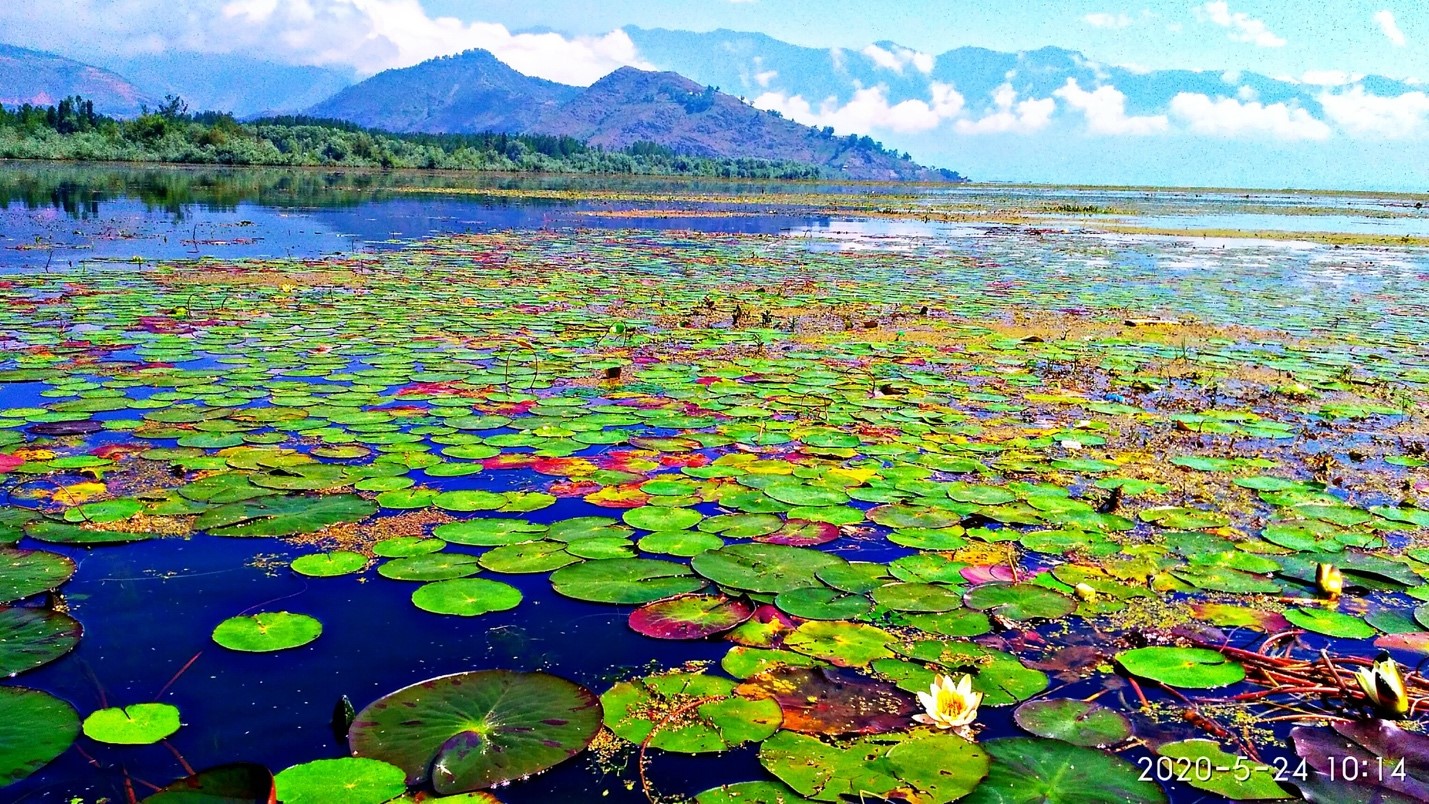Description

Disclaimer: Copyright infringement not intended.
Context: Several species of ducks have been observed in Lake Wular after more than 80 years.
Details:
- Long-tailed Ducks (Globally Vulnerable) were seen in Kashmir after 84 years and were last seen at Hokersar in 1939 by F Ludlow.
- Smew Duck species spotted in Kashmir after 116 years.
- In addition, other rare species of ducks can be seen at Lake Wular such as the common shelduck, ruddy shelduck, white-tailed eagle, imperial eagle, tufted duck, Northern lapwing
.jpeg)
About the lake:
- Lake Wular is a Ramsar site.
- It is one of the largest freshwater lakes in Asia.
- Located at the base of Mount Haramuk.
- River Jhelum is the primary source of water for the lake.
- Kashmiri Sultan Zain-ul-Abidin is said to have ordered the construction of the artificial island of Zaina Lank in the middle of the lake in 1444
Problems:
- Dozens of villages are directly or indirectly dependent on Wular Lake for their livelihood.
- Since many people make a living from fishing in Lake Wular, there are times when ducks get caught in fishing nets and die.
- Much of the lake was drained as a result of the construction of willow plantations on the shore in the 1950s.
- It faces ecological threats including the conversion of large parts of the lake basin to agricultural land, pollution from fertilizers and animal waste, hunting of waterfowl and migratory birds, and weeding of the lake itself.

Tulbul Project: The Tulbul Project is a "navigation lock cum control structure" at the mouth of Lake Wular. India and Pakistan have been in dispute over the Tulbul project since 1987, when Pakistan argued that it violated the 1960 Indus Waters Treaty (IWT).
Recognition:
- Due to its biological, hydrological and socio-economic values, the lake was classified as a wetland of national importance in 1986.
- In 1990, according to the Ramsar Convention, it was designated as a wetland of international importance.
About the Long-tailed ducks:
- Scientific Name: Clangula hyemalis
- Location: occurs all the way around the Arctic and Antarctic. Their breeding grounds in North America span the Canadian tundra and the Arctic coastline from Alaska to Greenland.
- Physical features:
- They are slim, colourful sea ducks with long tails.
- They fly quickly and low, often forming and reforming tight clusters.

About Smews:
- Scientific Name: Mergellus albellus
- They are medium-sized ducks that are part of the Anatidae family
- They are among the most migratory birds, with arrivals at breeding grounds beginning in April.
- Physical features:
- Location: The smew is a species found in both Eurasia and Europe. They rarely visit different parts of the Indian subcontinent.
|
PRACTICE QUESTION
Q) Which of the following statements is/are correct with reference to Wular Lake?
a. River Jhelum is the primary supply of water for the lake.
b. The Tulbul Project is located at the mouth of the lake.
- Only a
- Only b
- Both a and b
- Neither a nor b
Answer: Option 3
|

https://theprint.in/india/rare-and-elusive-duck-species-visit-kashmir-after-116-years/1460558/
















